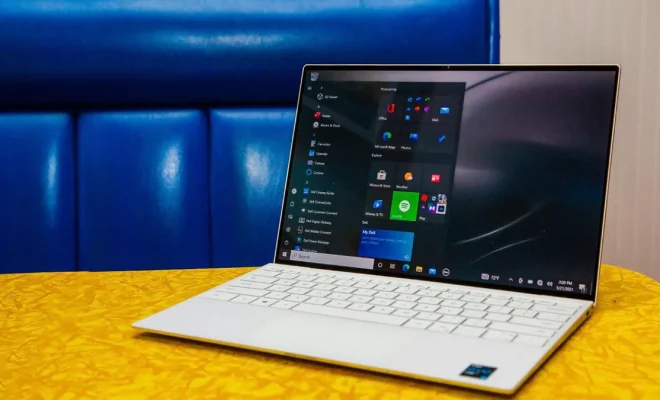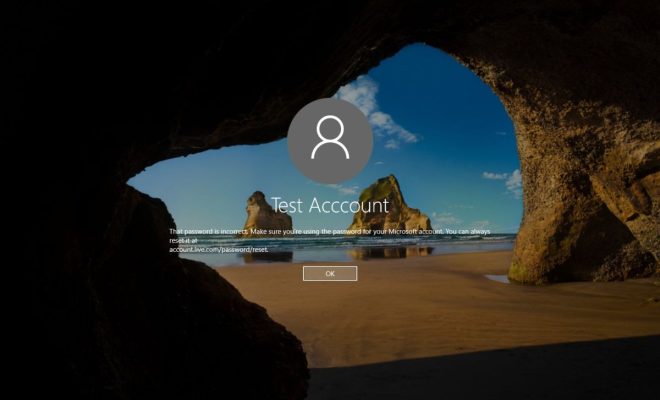Why Is Google Chrome Using So Much RAM? Here’s How to Fix It

Google Chrome is one of the most popular web browsers in the world. It is fast, efficient, and has a great user interface. However, one issue that many users have reported is that Google Chrome uses a significant amount of RAM. This can lead to slow performance and even crashes. In this article, we will explore why Google Chrome uses so much RAM and discuss ways to fix it.
Why Does Google Chrome Use So Much RAM?
The main reason why Google Chrome uses so much RAM is that it is designed to be a fast and efficient web browser. To achieve this, Google Chrome uses a feature called process isolation. This means that each tab and extension runs in its own process. While this provides better security and stability, it also means that Google Chrome uses more RAM compared to other web browsers.
Another reason why Google Chrome uses so much RAM is that it uses pre-rendering. Pre-rendering is a feature that loads and renders web pages in the background so that they will load faster when you open them. This feature can also contribute to Google Chrome’s high RAM usage.
How to Fix Google Chrome’s High RAM Usage
1. Update Google Chrome
The first step in fixing Google Chrome’s high RAM usage is to make sure that you are running the latest version of the browser. New updates often include bug fixes and performance improvements that can reduce RAM usage.
2. Remove Unnecessary Extensions
Extensions are one of the main culprits of high RAM usage in Google Chrome. To fix this issue, you should remove any extensions that you do not need or use. To do this, click on the three-dot menu icon in the top-right corner of Chrome, then click on More tools > Extensions. Here, you can disable or remove any extensions that are not essential.
3. Close Unused Tabs
Another way to reduce Google Chrome’s RAM usage is to close any tabs that you are not using. Having a lot of tabs open can put a strain on your computer’s resources, especially if they contain media-heavy content like videos.
4. Clear Cache and Cookies
Clearing your browser’s cache and cookies can also help reduce Google Chrome’s RAM usage. To do this, click on the three-dot menu icon in the top-right corner of Chrome, then click on More tools > Clear browsing data. Here, you can select the amount of data you want to delete, including cache and cookies.
5. Use a lighter theme
Google Chrome’s default theme is a dark one and it takes up more RAM than the standard light theme. If you want to save some RAM usage, consider switching to a lighter theme.




